I don't know whether to thank or blame Apple for how Fold 7 turned out
Galaxy Z Fold 7 is the biggest piece of proof yet that the foldable iPhone is on the horizon.
This article may contain personal views and opinion from the author.
We may earn a commission if you make a purchase from the links on this page.

Galaxy Z Fold 7 | Image Credit - Samsung
Samsung finally made an impressive foldable phone
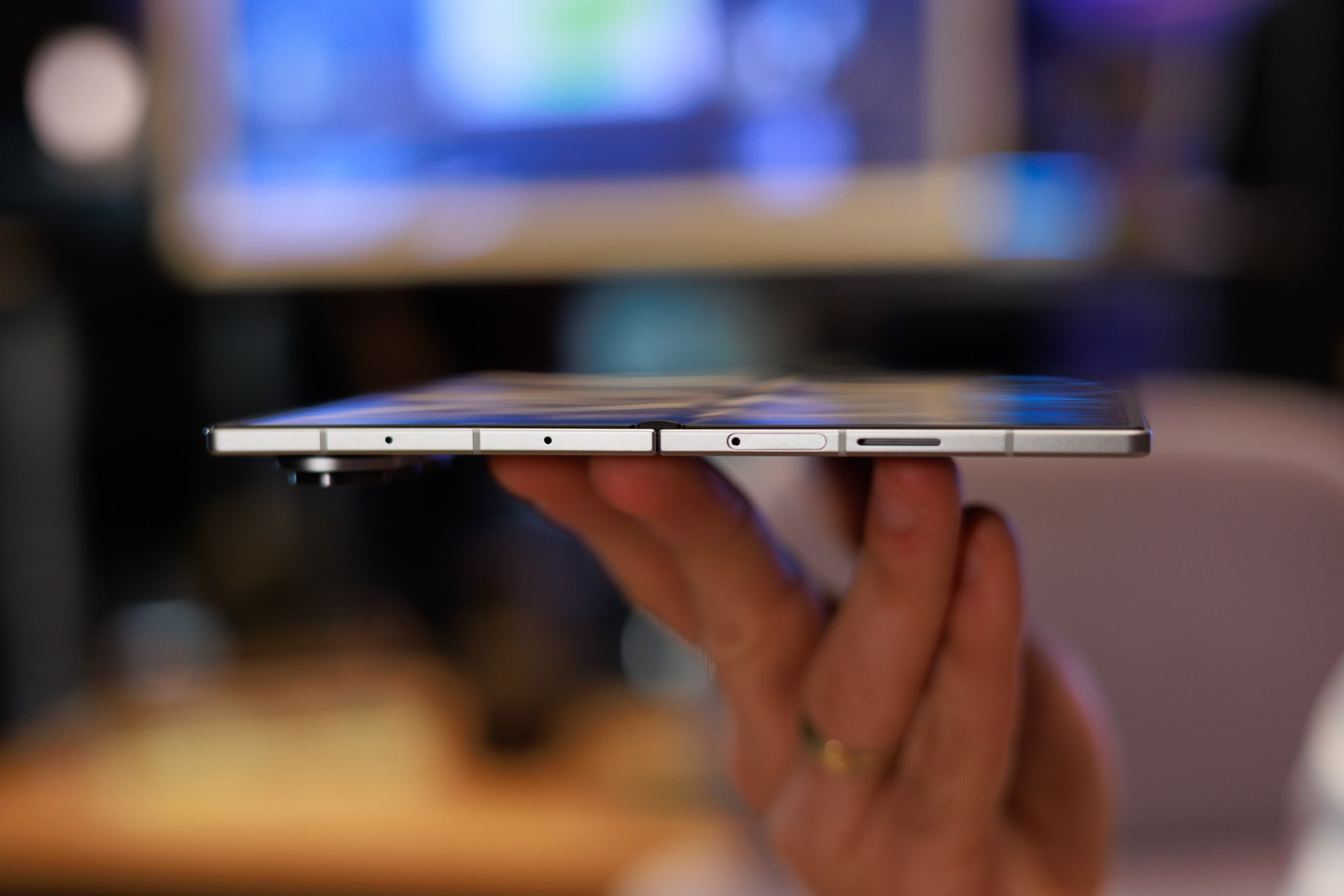
The Fold 7 is one of thinnest foldable phones available. | Image Credit - PhoneArena
After betting big on what was then a nascent category, Samsung stopped innovating, while competition moved at breakneck speed. The result was that Samsung's phones looked dated among the best foldable phones of 2025.
These improvements mean that customers won't feel like they are missing out when they go for a Samsung foldable instead of a bendable device from another manufacturer. The updated design also brings it closer to the feel of normal phones, which don't feel like a brick in your hands. The wider outer display now resembles a traditional phone, so it won't feel cramped when using the phone in the folded state.
We only have Apple to thank for these improvements
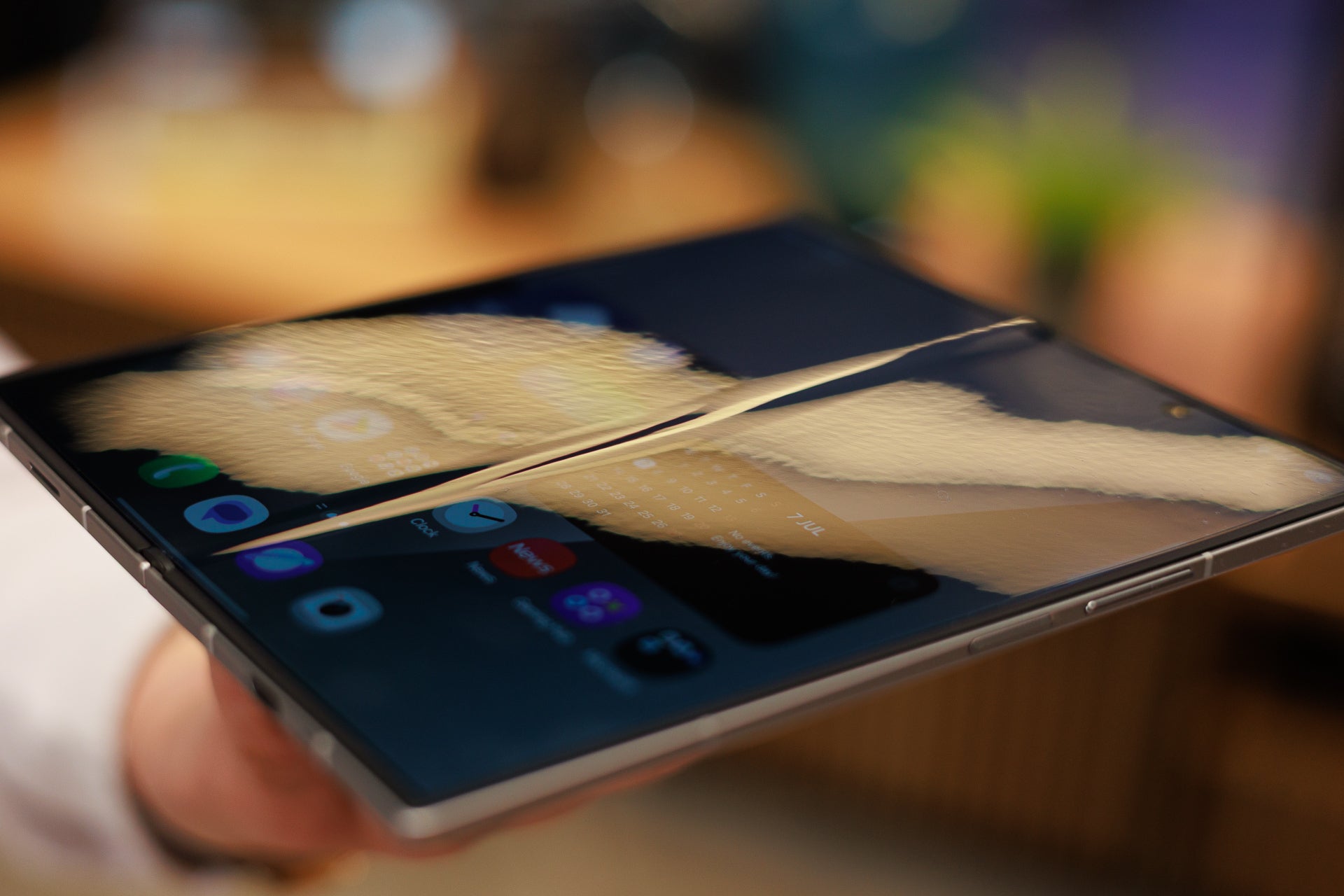
The foldable iPhone may have a creaseless display, unlike the Fold 7. | Image Credit - PhoneArena
While it's true that Samsung had been losing ground to Chinese rivals and that foldable sales had been slumping, the fact that it took so long for the company to make the desired changes indicates that the South Korean giant is worried about the impending threat of a foldable iPhone, which Apple is expected to announce next year.
Samsung may have faltered, but it still has the lion's share of the foldable market. While its brand image might have been enough to preserve its standing, that magic won't work once the foldable iPhone is released, and Samsung knows it. This is perhaps why it has started taking foldable phones seriously again.
Apple is also to blame for the Fold 7's $2,000 price tag
With a starting price of $2,000, the Fold 7 is more expensive than it has any right to be. And, considering the Fold 6 sold poorly, it was pretty bold of Samsung to increase the price again this year.
Watch Samsung get away with things that may not have been possible before
I don't think we are making enough fuss about the removal of S Pen functionality. It has been a hallmark of high-end Samsung phones since the Note days, and for Samsung to just casually ditch it doesn't sit right with me.
Samsung argues that removing the feature allowed it to make the phone thinner, and I am no phone maker, but I do think Samsung would have found a way to make it work if it wanted to.
At the end of the day, the Galaxy Z Fold 7 got more things right than wrong, and that's what matters I guess. It also makes me more excited about the iPhone Fold or whatever it ends up being called. While I still can't justify dropping $2,000 on a foldable phone, I do think that if there's one company that can make foldable phones go mainstream, it's Apple, and once more people start buying them, they may become affordable.
Samsung argues that removing the feature allowed it to make the phone thinner, and I am no phone maker, but I do think Samsung would have found a way to make it work if it wanted to.
However, I am not surprised, as Apple seems to have this strange effect on companies and makes them do things they swore they would never do. In a bid to build a phone that could rival the foldable iPhone, Samsung omitted the one thing that gave it an edge.
At the end of the day, the Galaxy Z Fold 7 got more things right than wrong, and that's what matters I guess. It also makes me more excited about the iPhone Fold or whatever it ends up being called. While I still can't justify dropping $2,000 on a foldable phone, I do think that if there's one company that can make foldable phones go mainstream, it's Apple, and once more people start buying them, they may become affordable.
Follow us on Google News



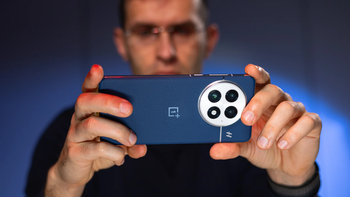

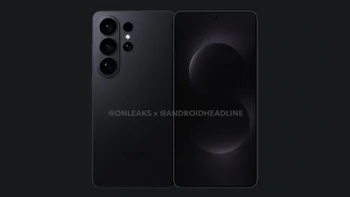
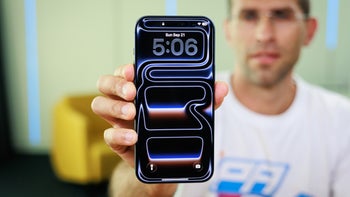
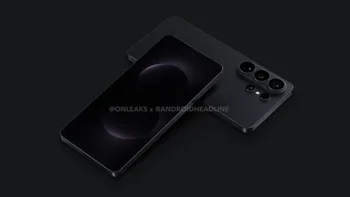
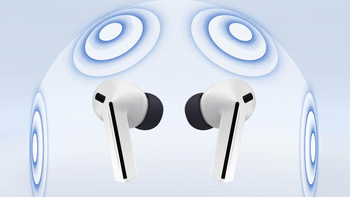
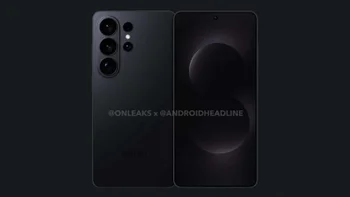

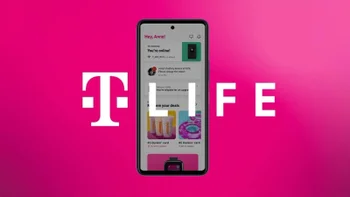

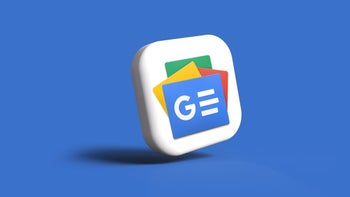
Things that are NOT allowed:
To help keep our community safe and free from spam, we apply temporary limits to newly created accounts: